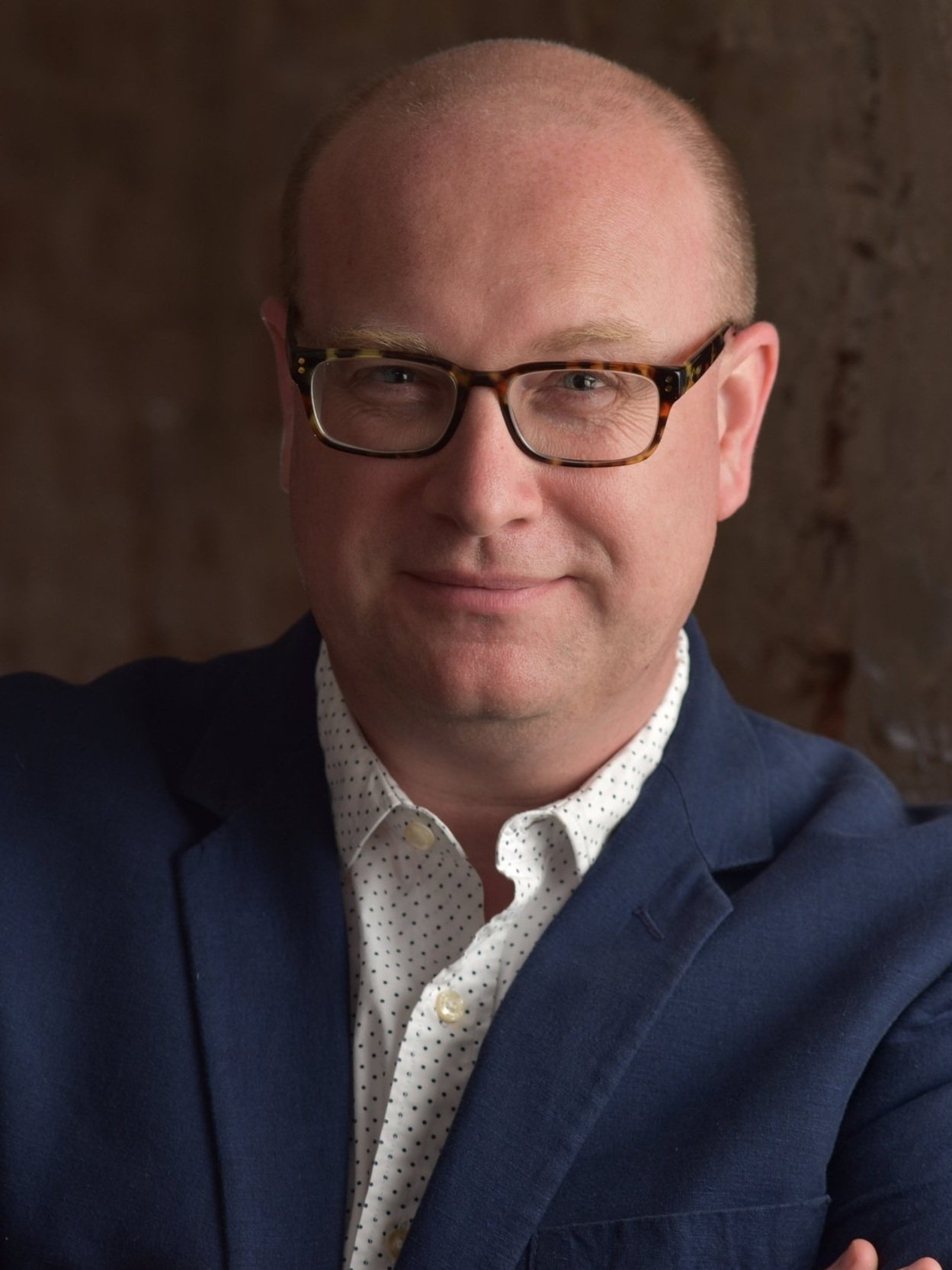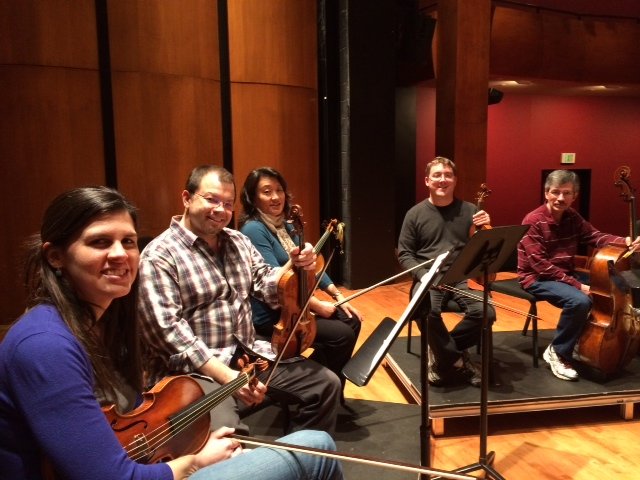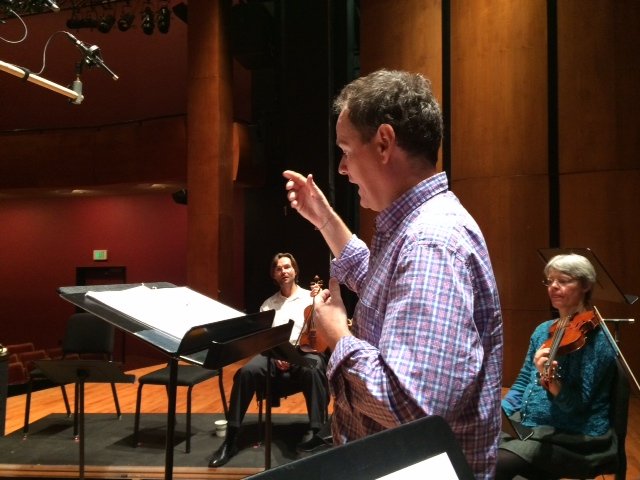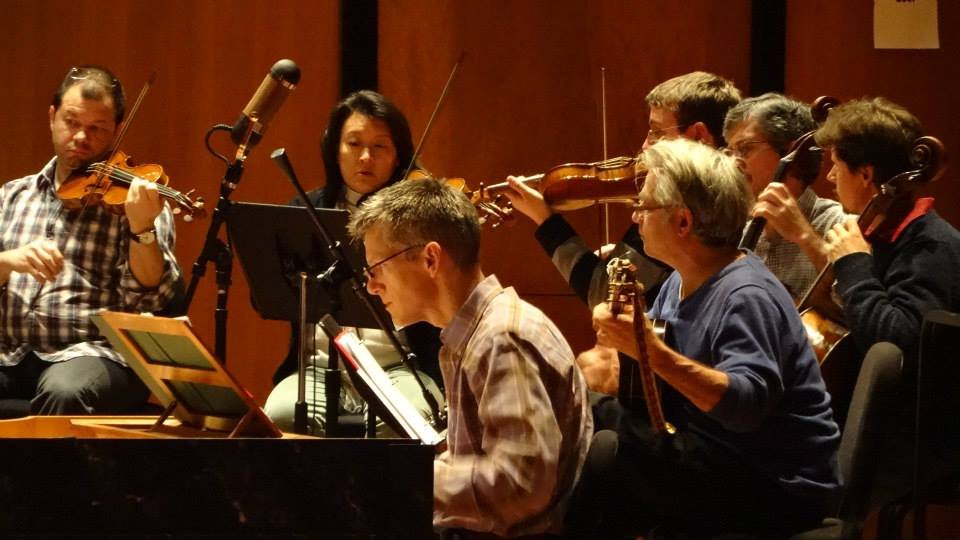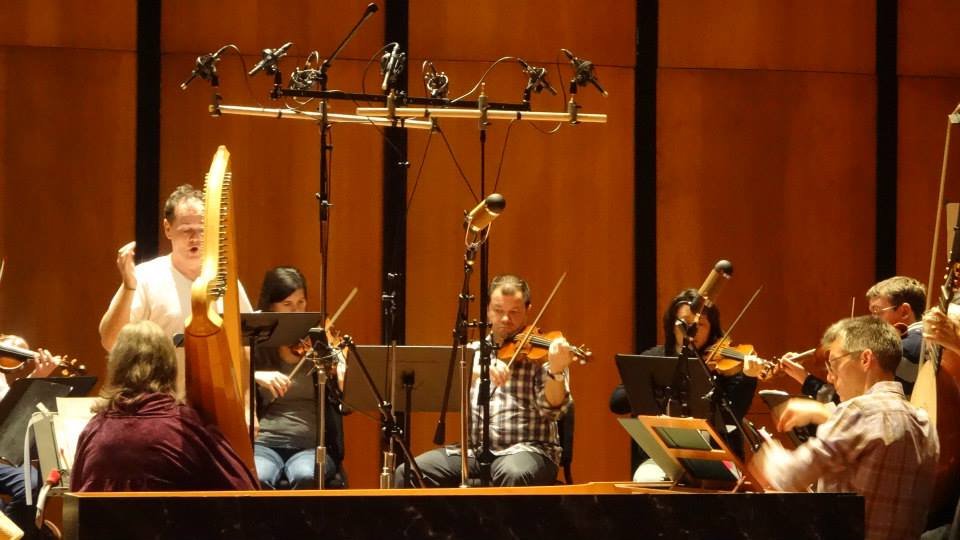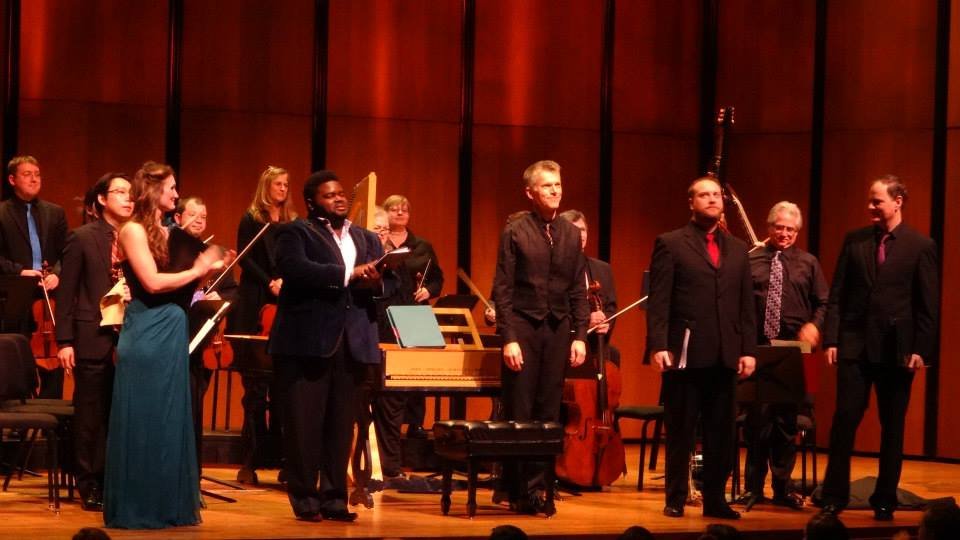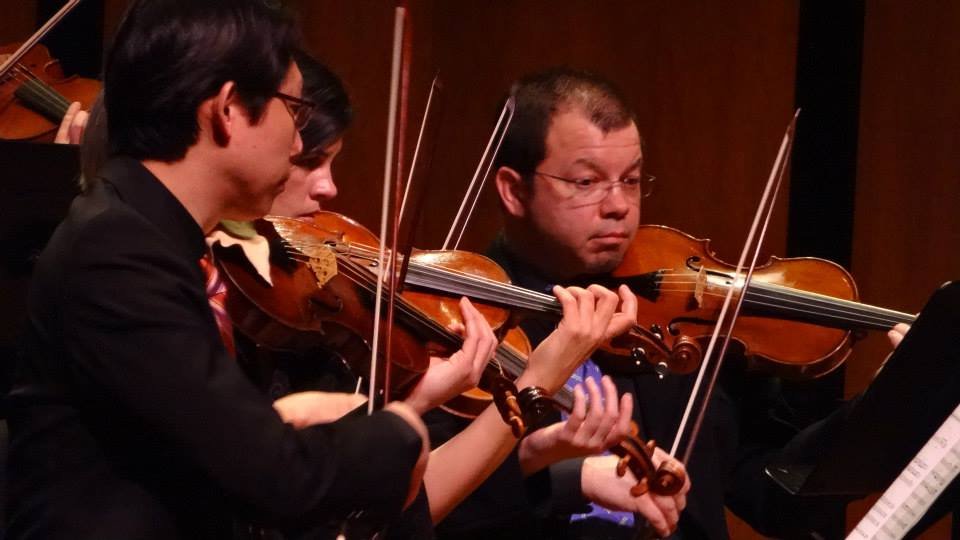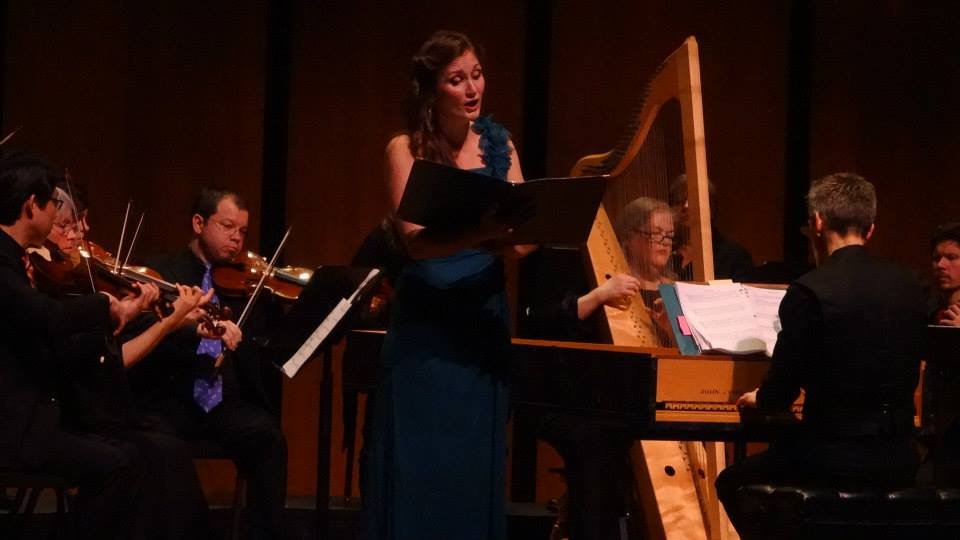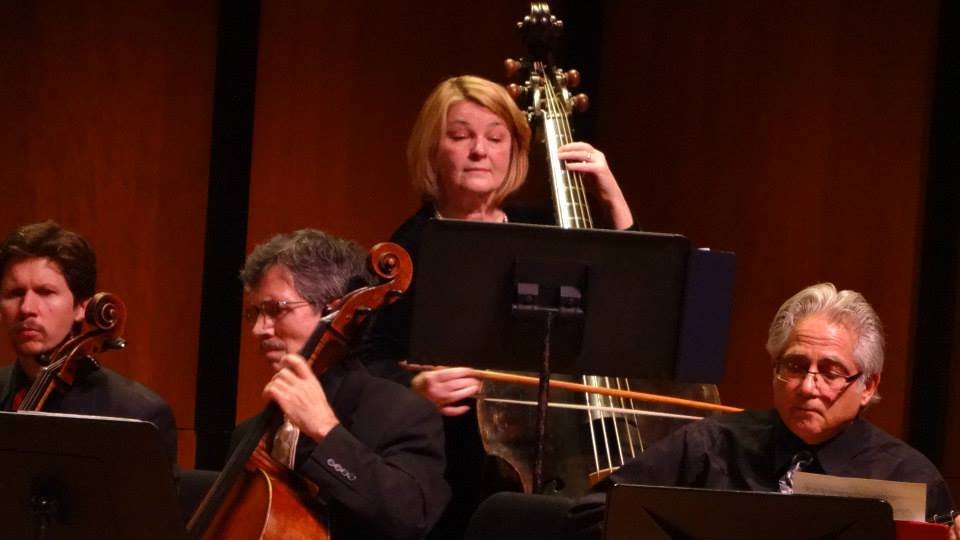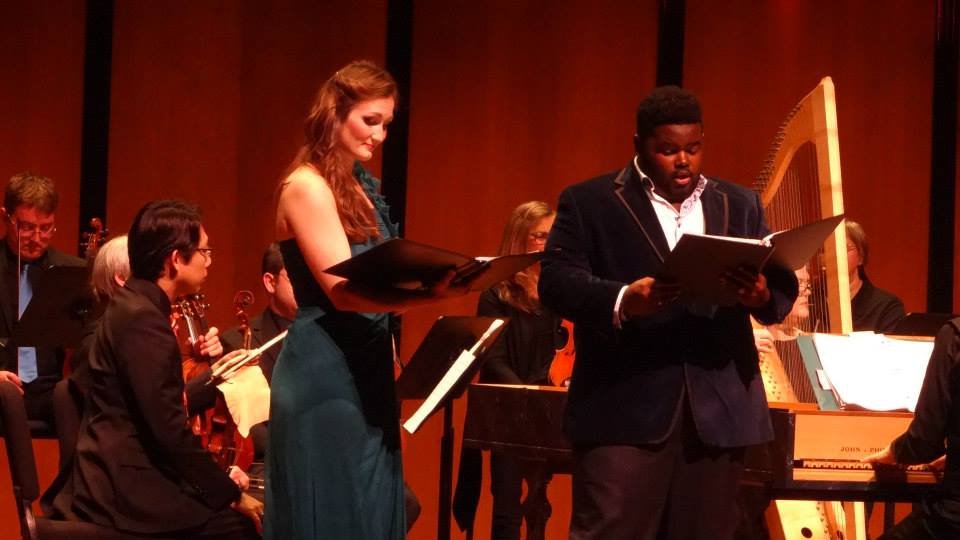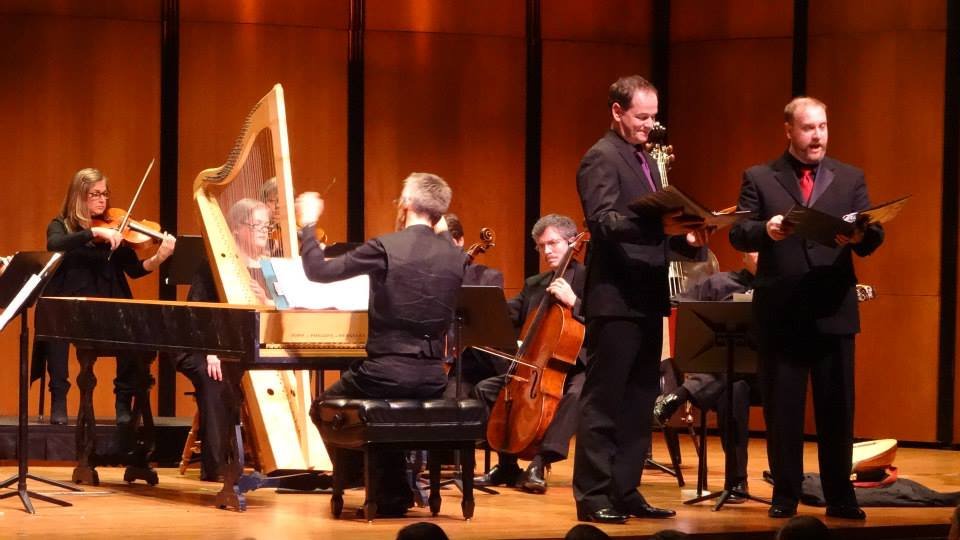CD Release: Alessandro Scarlatti’s La sposa dei cantici
Released September 5, 2023
We are thrilled to share the long-awaited release of Alessandro Scarlatti’s 1710 oratorio La sposa dei cantici on the Acis label.
Starring four international stars of the early music world, this recording features the revival of a rarely-heard work that celebrates the Feast of the Assumption and the multi-layered rewards of human existence.
Featuring:
✧ Meghan Lindsay, soprano - Sposa
✧ John Holiday, countertenor - Sposo
✧ Jay Carter, countertenor - Amor Divino
✧ Ryland Angel, countertenor - Eternità
Matthew Dirst conducts Ars Lyrica’s critically acclaimed ensemble in this world premiere recording of Scarlatti’s 1710 version of the oratorio.
Artistic Director Matthew Dirst describes the music as “a mixture of the heavenly with the playful. Its subject matter—divine love—found a perfect compositional partner in Alessandro Scarlatti, the great master of the Italian vocal style at the dawn of the eighteenth century. I was thrilled to record it with such exceptional singers and players.”
Reviews
A Marriage of Music and Mastery: Scarlatti from Ars Lyrica Houston (Early Music America)
“Dirst brilliantly brings all it to life throughout, in masterful choices of continuo groupings (reserving harp and organ mostly for Amor; harpsichord for Sposa/Sposo) and in a clever use of pizzicato accompaniment (for Sposa’s Part II aria, “Fortunati miei sospiri”)… Ars Lyrica Houston, in this historically informed and compelling performance of La Sposa, make a strong case for this rarely heard work.” (Jeffrey Baxter, Early Music America)
“Ars Lyrica brings out the best of Scarlatti’s La Sposa Dei Cantici, keeping a sense of momentum and expression that ensures a smooth flow from recitative to aria and back again. This is a wonderful recording that deserves to be heard by all, whether familiar with the Scarlatti family or discovering them for the first time.” (Matthew Whitfield, The WholeNote)
“The recording was laid down in February 2014 but is so fresh it might have been recorded yesterday. Stated simply, listening to these exceptional singers and instrumentalists deliver Scarlatti's glorious creation is an unqualified joy.” (Textura)
“This is a very strong team of voices… The artists sing with a freshness, even in the recitatives, which suggests they were delighted to discover the music. The authentic instruments, strings and continuo, have a delightful timbre, touching in lyrical moments and athletic in the execution of swifter passages… Matthew Dirst is a very alert, sympathetic director, and he often gives a discreet ‘lift’ to the dance-like numbers. We should be grateful that he and his forces do such justice to this three-centuries-old brand new piece.” (Roy Westbrook, Music Web International)
“The performance by Ars Lyrica Houston, the Texan ensemble of Baroque instruments directed by Matthew Dirst, who is also the ensemble's artistic director, is fluid. The rhythm is natural and the sound is not only pleasant, but also extremely communicative. It is worth noting the care taken with the accompaniments in the recitatives and in the accompaniments, which are almost theatrical, and the restrained execution of the variations in the da capo of the arias.” translated from Spanish (Massimo Viazzo, ProÓpera)
How to listen
Hard copies of the CD are available for purchase at the link below.
The album is available for free streaming on:
Youtube, Apple Music, and Spotify.
About the artists
More information
La sposa dei cantici
Alessandro Scarlatti (1660–1725)
For this project Ars Lyrica collaborated with GRAMMY®-nominated producer Geoffrey Silver and award-winning mastering engineer Ryan Edwards. Later in Ars Lyrica’s 20th anniversary 2023/24 season, this team will also release a recording of Bach’s The Well-Tempered Clavier, Book 1, by Matthew Dirst on Bach-style harpsichord from master builder John Phillips.
Ars Lyrica presents the world premiere recording of Scarlatti’s 1710 version which he and the librettist revised for its Naples performance. The 1703 premiere in Rome was presented under the title Assunzione della Beata Vergine (recorded with three sopranos by Matthieu Peyrègne/Ensemble Baroque de Monaco/Paraty 2019).
Recorded February 7, 9, 10, 2014
Zilkha Hall, The Hobby Center for the Performing Arts
-
Sposa - Meghan Lindsay
Sposo - John Holiday
Amor Divino - Jay Carter
Eternità - Ryland AngelViolin I
Sean Yung-Hsiang Wang, concertmaster
Carole Marie Harris
Oleg Sulyga
Maria LinViolin II
Brandi Berry, principal
Alan Austin
Hae-a Lee
James AndrewesViola
Erika Lawson
Suzanne LeFevreVioloncello
Barrett Sills (continuo)
Louis-Marie FardetViolone
Deborah DunhamTheorbo & Baroque guitar
Richard SavinoItalian triple harp
Becky BaxterHarpsichord, organ & conductor
Matthew DirstMusic edited by Jeffrey Ragsdale and Matthew Dirst.
Transcription and translation of the Italian text by Edward M. Anderson.
Special thanks to the Moores School of Music at the University of Houston for use of its Flortentine-style harpsichord by John Phillips and its Bennett-Guittari continuo organ, and to the University of Houston Small Grants Program for financial assistance with the musical edition and recording.
-
The Scarlattis seem to have composed music as easily as most of us draw breath. The sheer scale of their achievement gives one pause, with Domenico’s 500-plus sonatas comprising just the most familiar part of the vast Scarlatti repertoire. His father Alessandro produced, over the course of a long career up and down the Italian peninsula, some 100 operas, nearly 600 solo cantatas, and 30 oratorios. This prodigious output—even when compared to ambitious contemporaries like Handel, Telemann, and Bach—defined the Italian vocal style for more than half a century.
Pietro Alessandro Gaspare Scarlatti (1660–1725), to use his full name, spent much of his career in Rome and Naples providing music for star singers and their devoted public, which in the case of the oratorio included influential religious and social communities. Rome especially nurtured the oratorio from the genre’s origins around 1600, partly because of the Eternal City’s peculiar politics. The papal states had a fitful relationship with opera, thanks to periodic prohibitions on public theaters and opera especially. As a result, Roman patrons cultivated the oratorio for presentations in private palaces and in church oratories (buildings that served as adjunct assembly spaces for devotional events). Building on the older genre of the sacred dialogue, the Italian oratorio provided an ideal musical platform for the retelling of Old Testament stories or for moralistic subject matter rooted in allegory. The decades surrounding the turn of the eighteenth century were exceptional years for the genre in Rome, with major works by Bernardo Pasquini and Alessandro Stradella preceding those by Alessandro Scarlatti and the young George Frideric Handel, whose first oratorios were Italian-language works.
Scarlatti’s oratorios include several that played in multiple cities under different titles but are essentially the same work. La sposa dei cantici is one such work with a complicated performance and source history. At its 1703 première at the Oratorio dei Filippini di Sancti Cantici (St Philip Neri) in Rome, the work was presented as a Cantata per l’Assunzione della Beata Vergine, which suggests performance on or around the Feast of the Assumption. Scarlatti and his librettist revised the work somewhat for a 1710 performance in Naples, where it was retitled La sposa dei cantici (“The bride of songs”).
Oratorios for the principal Marian feasts, including the Assumption (which celebrates the belief that at the end of her life on earth, Mary’s body and soul were taken up into heaven), were common in Counter-Reformation Rome. Little wonder, then, that composers sometimes recycled such works under new titles, changing a few things here and there to suit the circumstances. The surviving sources of La sposa dei cantici, whose title suggests a less specifically Marian occasion than the earlier Roman version of the work, include several items not present in the 1703 source. This recording, therefore, favors the 1710 Naples version of the work, as preserved in manuscripts housed at the Stanford University Memorial Library of Music and the Bibliotheque National in Paris.
Sources for the 1703 Roman version of the work reside at the Santini Bibliothek in Münster and the Österreichische Nationalbibliothek in Vienna. The work’s libretto, amplified somewhat with various additions in the 1710 version, celebrates the Assumption of Mary by exploring her devotion to God, God’s love for humanity, and the gift of human affection. The topic of love imbues the whole, with a strong emphasis on spiritual fulfillment. As such, La sposa dei cantici is entirely consistent with the aesthetic aims of the Counter-Reformation Catholic Church, which aimed to counter the reformers’ fundamental claim—that salvation happened solely through grace—with artworks that emphasized good works, repentance, and eternal truths.
This oratorio’s genesis may also owe something to Scarlatti’s lengthy collaboration with Cardinal Pietro Ottoboni (1667–1740), great-nephew to Pope Alexander VIII and devoted patron of the arts. Famously more committed to the high life than to religion, Ottoboni penned the libretti for several other Scarlatti oratorios: both versions of La Giuditta (1694 and 1697) and Il primo omicidio (1707), among other works. Though the libretto of La sposa dei cantici cannot be attributed securely to Ottoboni, he would surely have been pleased to take credit for its artful verse and multiple levels of meaning.
The work’s two main characters are Sposa and Sposo: literally, bride and groom, though this pair can also be read as Mary and God, the Soul and the Church, the lovers from the Song of Songs, or even various mythological couples. (Bits of the libretto seem to allude to both Adam & Eve and Orpheus & Eurydice—both of whom also had trouble with a serpent, who rears his head briefly in La sposa dei cantici.) In short, Sposa and Sposo represent the ideal couple while reflecting various ideals of love and devotion. The libretto also specifies one other pair of characters: Love himself (Amor divino) and Eternità, both of whom help Sposa and Sposo attain eternal bliss.
Scarlatti underlines the hierarchy of characters in La sposa dei cantici by assigning both leads to sopranos and the two supporting roles to altos. Castrati probably sang all these parts originally, including the high-flying role of Sposo since that character effectively plays God. The unearthly sound of a soprano castrato—who sang with the power and agility of a man but in the range of a woman—fascinated Italians especially during the long Baroque age. This recording features three countertenors as Sposo, Amor divino, and Eternità, and a soprano as Sposa.
Like virtually all Italian Baroque oratorios, La sposa dei cantici consists largely of recitatives and da capo arias, whose built-in repetition scheme allows for creative embellishment on the repeats. The occasional duet provides closure for conversational threads or ties together shared sentiments. The scoring of this work, for an ensemble of concertato and ripieno strings plus continuo players, reflects the restrictions placed on oratorio production in Rome around 1700, when various popes forbad the use of wind instruments in sacred dramas.
Scarlatti’s ingenuity and long experience as a dramatist is at once evident in the opening Sinfonia, which begins with two solo violins before the entire ensemble is engaged in a vigorous but brief call to attention; this is followed by a little dance movement that leads directly into the first aria. Scarlatti’s formal imaginativeness extends to a variety of distinct textures within the arias, several of which feature solo groups—one or two violins, solo violin and cello, even a lone cello in one instance—against either the full ensemble or just continuo. The bass line, which bears occasional instructions (“senza cembalo” in a the accompagnato passages, for example), invites a similar spirit of creativity with continuo realization. There’s even the occasional use of the orchestra for dramatic purposes: a passage marked Orrido (“Horrid”) introduces Sposa’s recitative about a nightmare and its “torturing specter.” Though such devices had long been a part of operatic practice, in 1703 they would have pushed the boundaries of the more decorous oratorio.
© Matthew Dirst
